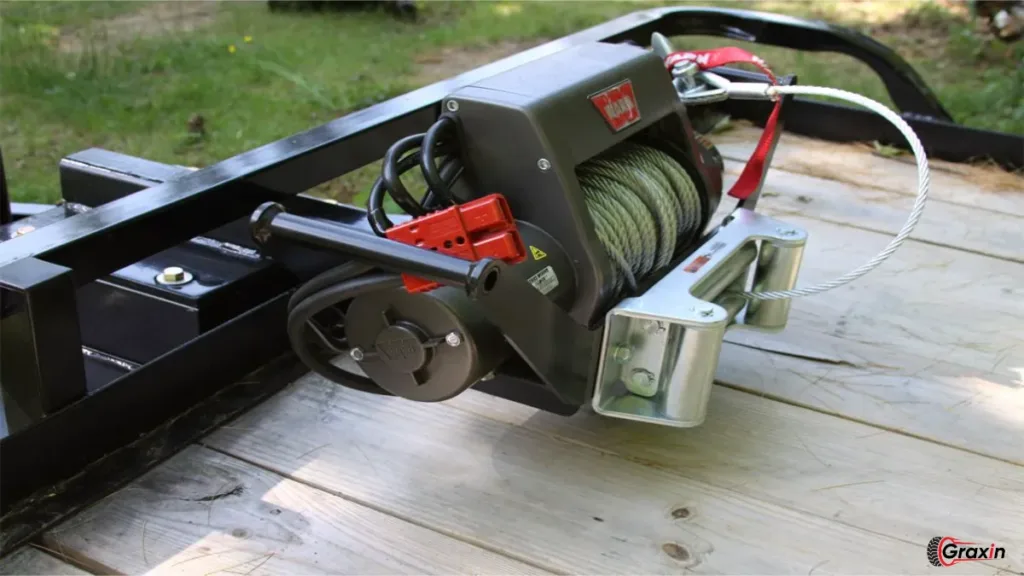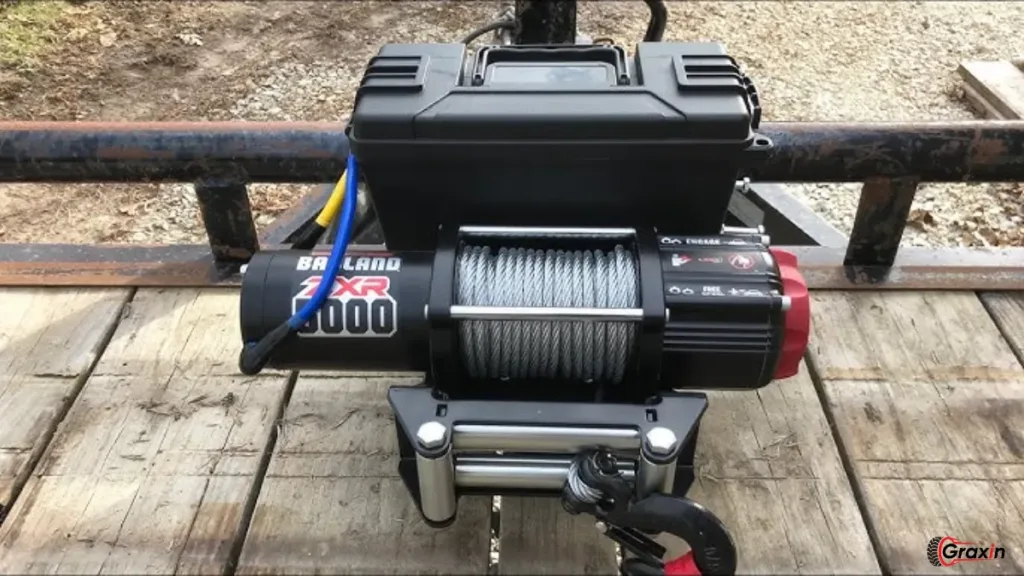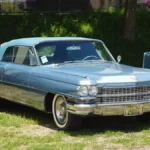It’s a wee bit of a challenge, but you’d be surprised at how much more efficient with the right tools. Most folks forget about possibly the most important component -a trailer winch-based on the type of loads one hauls regularly. Whether it is a boat, car, or whatever heavy machinery haul, it just makes that much of a world of difference. So, which one do you choose? Let us break this down step by step, shall we?.
Why You Need a Trailer Winch
Do I really need a trailer winch? Oh, yeah, big time if you’re dealing with heavy loads. A winch actually gets rid of the heavy-lifting nature of towing and makes it very easy to load and unload your cargo. This can be either pulling a boat from the water or placing a vehicle onto a flatbed-all of these, a winch helps ease out the manual effort from you and ensures that everything goes swimmingly.
Types of Trailer Winches
Before picking out the perfect winch, it’s important to understand the different types available. Depending on your towing needs, you may opt for electric, manual, or hydraulic winches.
Electric Trailer Winches
This is probably the most common and user-friendly options. You operate them from your vehicle’s battery or an outside power source, so you can push large loads across the floor by mere touching a button. Frequent users or large payloads: simply remember that your vehicle can provide the amperage!
Manual Trailer Winches
If you’re towing lighter loads or don’t need a winch all the time, a manual option might suffice. These winches rely on a hand crank and human power to reel in the cable. While more labor-intensive, they’re generally more affordable and simple to maintain.
Hydraulic Trailer Winches
These are the heavy-duty choice and generally used for industrial applications. Hydraulic winches are very powerful, as they actually use hydraulic systems instead of electricity to operate. While they are not typically found in everyday towing situations, these are very essential for really demanding tasks.
How Trailer Winches Work

A trailer winch wraps a rope or cable round a drum that pulls loads toward the winch. The winch works on hand, electricity, or hydraulic pressure to put mechanical advantage on the load and makes towing much easier than if you move it yourself. Generally, the winch cable is left on the load due to its rotation, where dragging the cable plus the load towards the winch will be very easy.
Key Components of a Trailer Winch
Understanding the main components can help you make a more informed decision when choosing and maintaining your winch. Here are the basics:
- Drum: The cylindrical component where the winch cable winds.
- Cable: Either steel or synthetic rope, used to pull the load.
- Hook: Attaches the cable to your cargo.
- Motor: Powers the winch (if electric or hydraulic).
- Gear Train: Converts motor power into pulling power.
Choosing the Right Trailer Winch
So how do you select the perfect trailer winch for your needs? It comes down to a few key factors.
Weight Capacity
Always choose a winch with enough pulling power. A good rule of thumb is to select a winch that has a capacity 1.5 times the weight of the load you’re towing. For example, if your boat weighs 3,000 pounds, look for a winch rated for at least 4,500 pounds.
Cable Length and Material
Then, you have to determine how many cables you will need depending on the length you’re going to pull. The longer you pull, the more flexible it is, but lower the pulling power. Most of the winch cables you will find in the market are either made from steel or synthetic material. The steel cables are robust and hardy, while the synthetic ones are lighter and safer.
Power Source
If you’re going with an electric winch, make sure your vehicle’s battery can handle the added load. You may also want to consider a backup battery to ensure smooth operation during long hauls.
Step-by-Step Guide to Installing a Trailer Winch
- Select the Mounting Location: Typically, the front of the trailer is best.
- Install the Mounting Plate: Attach it securely to the trailer frame.
- Attach the Winch: Use bolts to secure the winch to the mounting plate.
- Connect the Power Source: For electric winches, run cables to the vehicle battery.
- Test the Setup: Ensure everything runs smoothly before loading.
Safety Tips When Using a Trailer Winch
Using a trailer winch requires attention to safety. Always wear gloves when handling cables, inspect the equipment for wear and tear before each use, and never overload the winch beyond its rated capacity.
Common Mistakes to Avoid
Don’t rush the winching process. Speeding up the pulling can damage the motor or cable. Also, avoid using a winch without ensuring your vehicle’s battery is fully charged, especially for electric models.
Maintenance Tips for Long-lasting Trailer Winches
Keep your winch in top shape by regularly inspecting the cables, checking for signs of rust or fraying, and lubricating the drum and gears as needed. Proper storage is also key—keep your winch covered and away from harsh weather conditions.
Top Brands for Trailer Winches
When it comes to reliability, brands like Warn, Superwinch, and Smittybilt are trusted in the towing world. These companies offer high-quality, durable products that withstand tough conditions.
When to Upgrade Your Trailer Winch

If your winch is struggling to handle your load, or if you’re towing more frequently than you anticipated, it might be time to upgrade. Older winches may not offer the power or safety features of newer models.
Troubleshooting Common Trailer Winch Problems
- Cable Not Spooling Correctly: Make sure the cable is clean and properly aligned.
- Motor Overheating: This often happens when you exceed the winch’s rated capacity.
- Slow Pulling: Check the power source and battery charge if using an electric winch.
How Much Does a Trailer Winch Cost?
Trailer winches can range from $50 to over $1,500, depending on the type and power. Manual winches are on the cheaper end, while hydraulic models are typically the most expensive.
Conclusion
A trailer winch is more than just a handy tool—it’s essential for safe and efficient towing. By selecting the right type, following safety tips, and maintaining your equipment, you’ll ensure smooth hauling experiences every time. Whether you’re towing a boat, a car, or heavy equipment, a reliable winch is your best friend.
FAQs about Trailer Winches
- How do I know what size trailer winch I need?
Always choose a winch rated 1.5 times the weight of your load to ensure safety and efficiency. - Can I use a manual winch for a heavy boat?
Yes, but it’s much easier with an electric or hydraulic winch for heavier loads. - How often should I replace the winch cable?
Inspect the cable regularly and replace it if you notice fraying, rust, or other wear. - Are synthetic winch ropes better than steel cables?
Synthetic ropes are lighter and safer to handle, but steel cables offer greater durability. - What should I do if my winch motor overheats?
Stop the winch, allow it to cool down, and ensure you aren’t exceeding its rated capacity.
Also Read : Power Steering Fluid Leak: Causes, Symptoms, and How to Fix It







